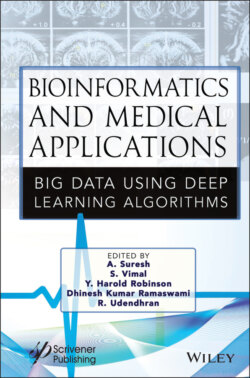Читать книгу Bioinformatics and Medical Applications - Группа авторов - Страница 37
2.1 Introduction
ОглавлениеNSCLC includes three types of cancer: squamous cell carcinoma, adenocarcinoma, and large cell carcinoma derived from lung tissue. Adenocarcinoma is a slow-growing cancer that first appears in the outer region of the lung. Lung cancer is more common in smokers, but the most well-known sort of lung cancer in nonsmokers. Squamous cell carcinoma is more normal in the focal point of the lung and all the more generally in smokers, but large cell carcinoma can be found anywhere in the lung tissue and grows faster than adenomas and lung cancer [9, 20].
According to Choi, H. and his team members, lung cancer risk classification models with gene expression function are very interesting. Change previous models based on individual symptomatic genes.
They have revealed that the aim to develop a risk classification model was developed based on a novel level of gene expression network that was performed using multiple microarrays of lung adenocarcinoma, and gene convergence network investigation was carried out to recognize endurance networks. Genes representing these networks have been used to develop depth-based risk classification models. This model has been approved in two test sets. The efficiency of the model was strongly related to patient survival in the two sets of experiments and training. In multivariate analysis, this model was related with persistent anticipation and autonomous of other clinical and neurotic highlights.
The researchers have shown that how the gene structures and expressions can be useful in early detection of the cancer and suitable steps can be taken to cure the patients with higher probability of saving the lives [4].
